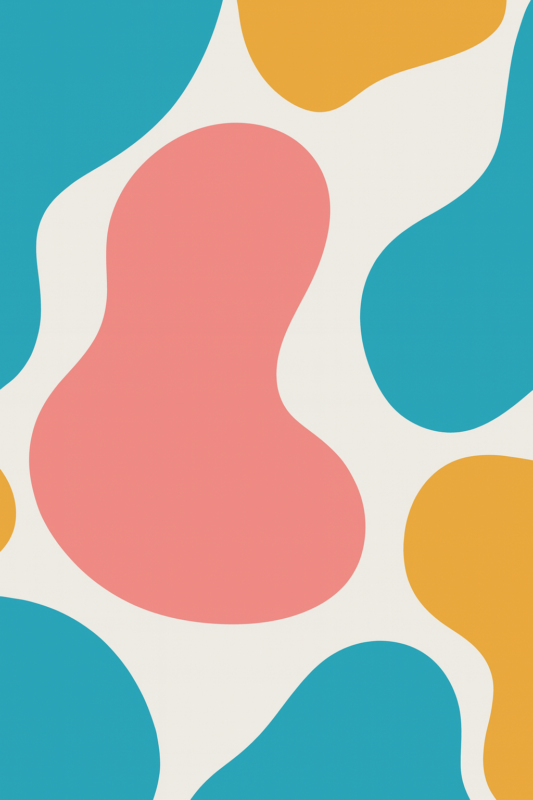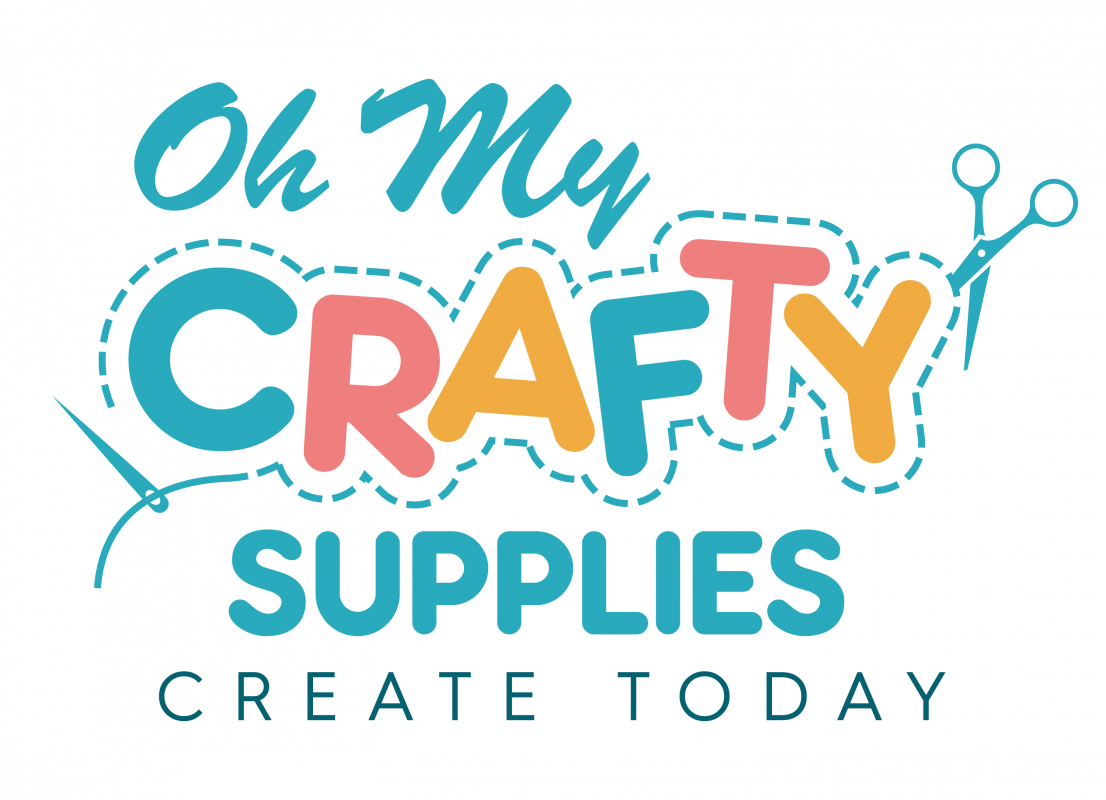Crafty Chronicles
Mastering Embroidery Design Placement for Stunning Results
Embroidery, an age-old craft that beautifully blends art and precision, has always been a favorite among quilting and sewing enthusiasts. One crucial aspect that can make or break an embroidered piece is the design placement. Perfecting the placement of your embroidery design not only enhances the overall look but also showcases your skill as a master crafter.
The Importance of Precision in Embroidery
Whether you are working on hand embroidery or machine embroidery, precision is key. A well-placed design can elevate a plain fabric to a stunning masterpiece. Understanding the nuances of design placement can take your embroidery game to the next level.
Factors to Consider for Embroidery Design Placement
Fabric Type
The type of fabric you are working with plays a significant role in determining the placement of your embroidery design. Smooth fabrics like silk may require a different approach compared to textured fabrics like denim. Always consider the fabric’s drape and stretch when deciding on the placement.
Garment or Project Type
Whether you are embroidering a garment or a quilt, the type of project will influence the design placement. For wearables, consider factors like comfort and visibility. In quilting, the overall design of the quilt will guide you in choosing the right placement for your embroidery.
Size of the Design
The size of your embroidery design is crucial in determining where to place it. Larger designs often work well as focal points, while smaller designs can be scattered for an overall cohesive look. Experiment with different sizes to see what works best for your project.
Embroidery Hoops and Stabilizers
Using the appropriate embroidery hoop and stabilizers can make a significant difference in your design placement. Hooping your fabric correctly and using the right stabilizer will ensure that your design stays in place and looks flawless once completed.
Embroidery Design Placement Tips
Centering Your Design
For a classic and balanced look, consider centering your embroidery design. This works well for various projects and is particularly effective for symmetrical designs.
Placement for Wearables
When embroidering clothing items, consider the placement in relation to the wearer’s body. Designs on shirts and jackets often look best when positioned on the left chest or upper back.
Playing with Angles
Experimenting with angles can add an interesting twist to your embroidery projects. Try placing your design diagonally or at an unconventional angle for a unique look.
Layering Designs
Layering embroidery designs can create depth and complexity in your projects. Consider overlapping designs or adding smaller details around a central motif for a textured finish.
Machine Embroidery Placement Techniques
Automatic Placement Features
Many modern embroidery machines come with automatic placement features that can assist you in positioning your designs accurately. Explore the capabilities of your machine to make the most of these functions.
Stitching Outlines
Creating a stitching outline of your design on the fabric before starting the embroidery process can help you visualize the placement and make adjustments if needed. This simple step can save you from errors and rework.
Testing on Scrap Fabric
Before embroidering on your final project, always test the design on a scrap piece of fabric. This allows you to see how the design looks on the actual material and make any necessary changes before committing to the final piece.
Enhancing Your Embroidery Skills Through Placement
Embroidery design placement is an art that requires practice and attention to detail. By mastering the art of placement, you not only enhance the visual appeal of your creations but also showcase your expertise as a skilled crafter. Experiment with different placement techniques, explore new ideas, and unleash your creativity through the precise positioning of your embroidery designs.


